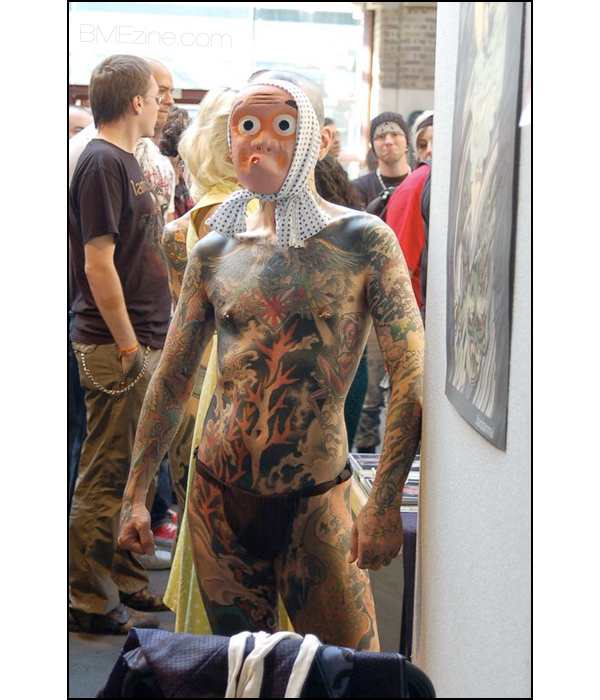
We are more or less in a perpetual state of regret that we cannot be at all of the wonderful tattoo conventions and other various body modification gatherings from which we receive photographs, but we are always thrilled nonetheless to receive said photos. Like these, for instance! Esteemed European correspondent Mpatshi sends in these excellent shots from the recently wrapped-up London Tattoo Convention. We will contain our jealousy for the time being, enjoy these and hold out hope that we will not be stuck on this infernal continent next year.
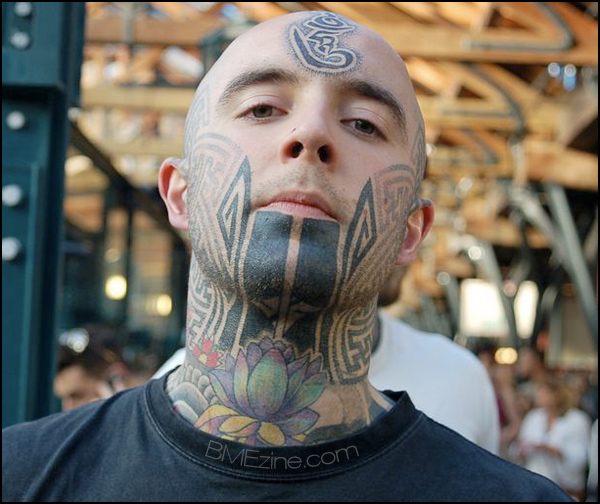
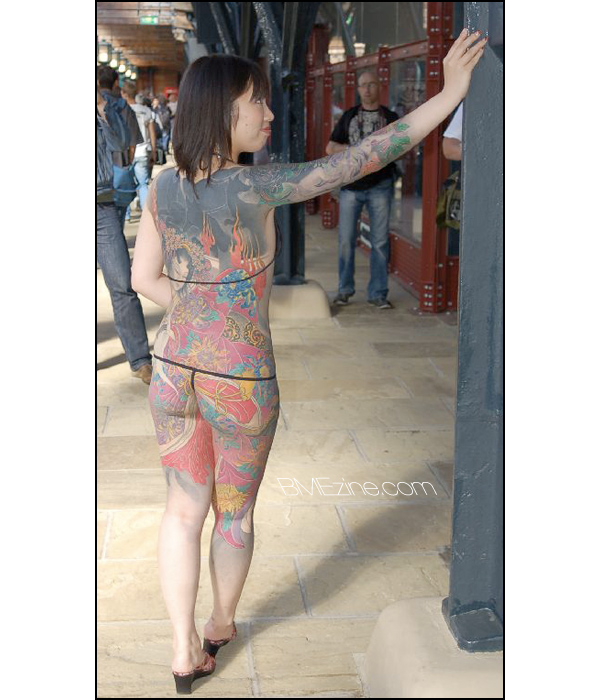
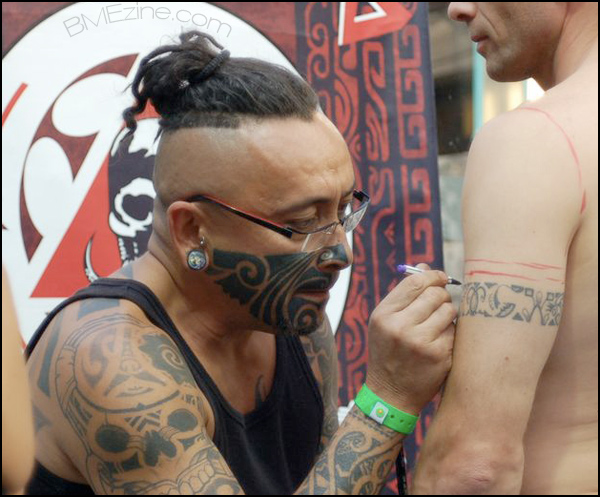
See more in “London UK Tattoo Convention“ (Tattoo Conventions)
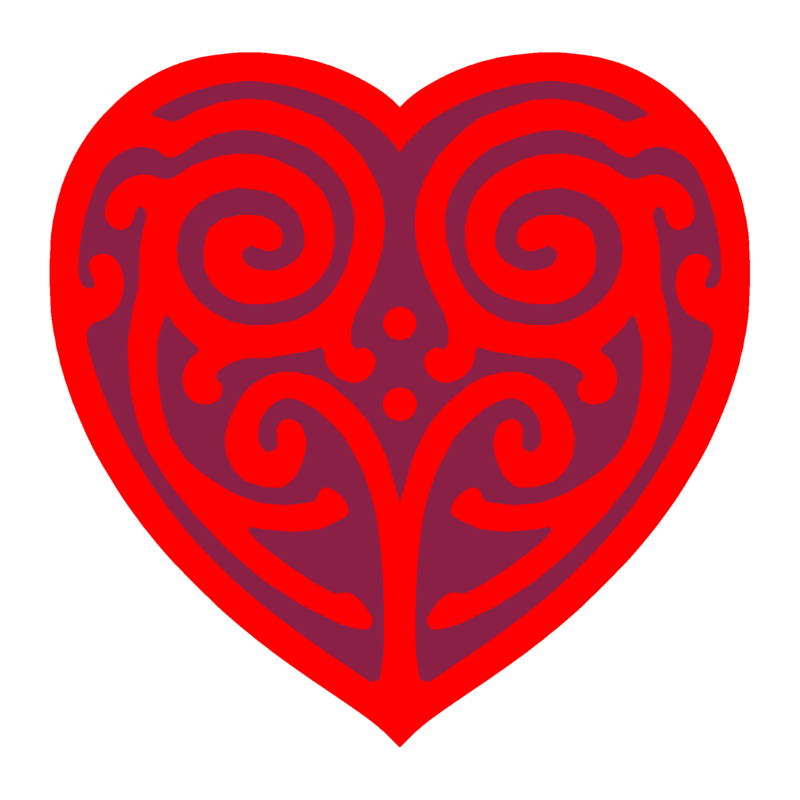
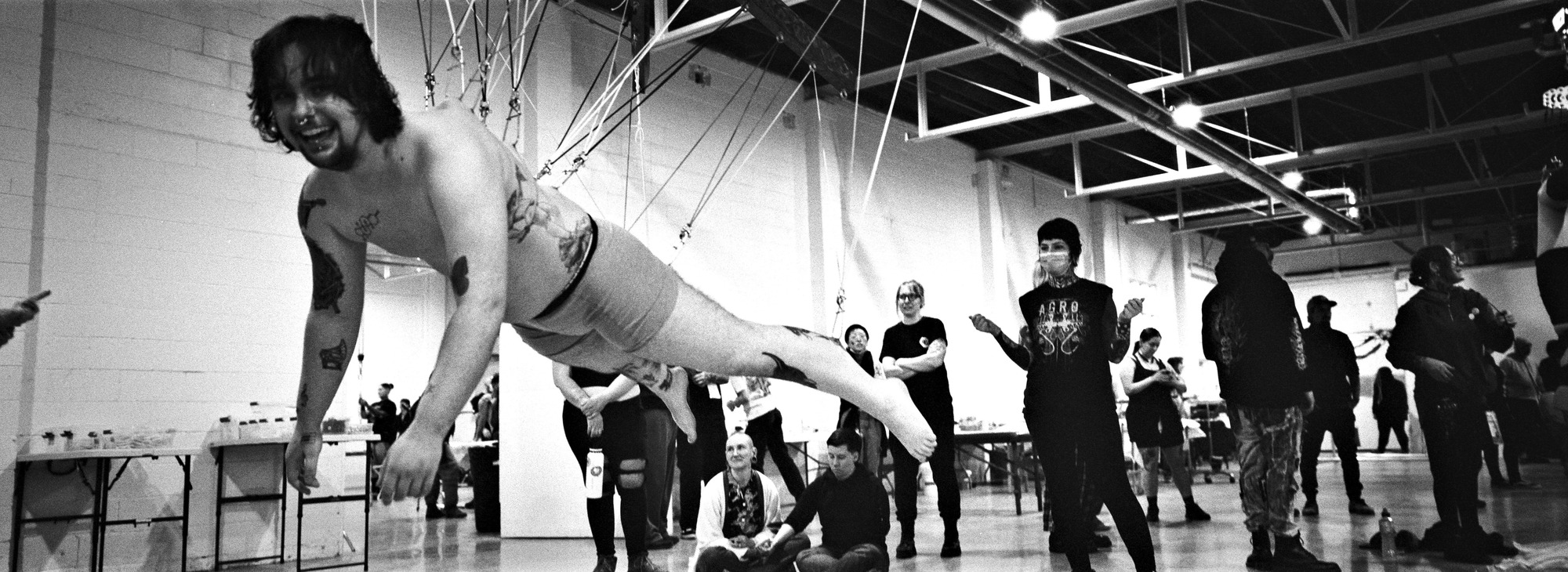
Comments
104 responses to “That Truncheon Thing”
@ heretic. fair enough you dont like the swastika. but remember, that symbol has been around for centuries, and is still common. It occurs today in the modern day culture of India, sometimes as a geometrical motif and sometimes as a religious symbol; it remains widely used in Eastern and Dharmic religions such as Hinduism, Buddhism and Jainism.
part copied of wikipedia cause i’m lazy today.
peace
@ heretic. fair enough you dont like the swastika. but remember, that symbol has been around for centuries, and is still common. It occurs today in the modern day culture of India, sometimes as a geometrical motif and sometimes as a religious symbol; it remains widely used in Eastern and Dharmic religions such as Hinduism, Buddhism and Jainism.
part copied of wikipedia cause i’m lazy today.
peace
@ heretic. fair enough you dont like the swastika. but remember, that symbol has been around for centuries, and is still common. It occurs today in the modern day culture of India, sometimes as a geometrical motif and sometimes as a religious symbol; it remains widely used in Eastern and Dharmic religions such as Hinduism, Buddhism and Jainism.
part copied of wikipedia cause i’m lazy today.
peace
@ heretic. fair enough you dont like the swastika. but remember, that symbol has been around for centuries, and is still common. It occurs today in the modern day culture of India, sometimes as a geometrical motif and sometimes as a religious symbol; it remains widely used in Eastern and Dharmic religions such as Hinduism, Buddhism and Jainism.
part copied of wikipedia cause i’m lazy today.
peace